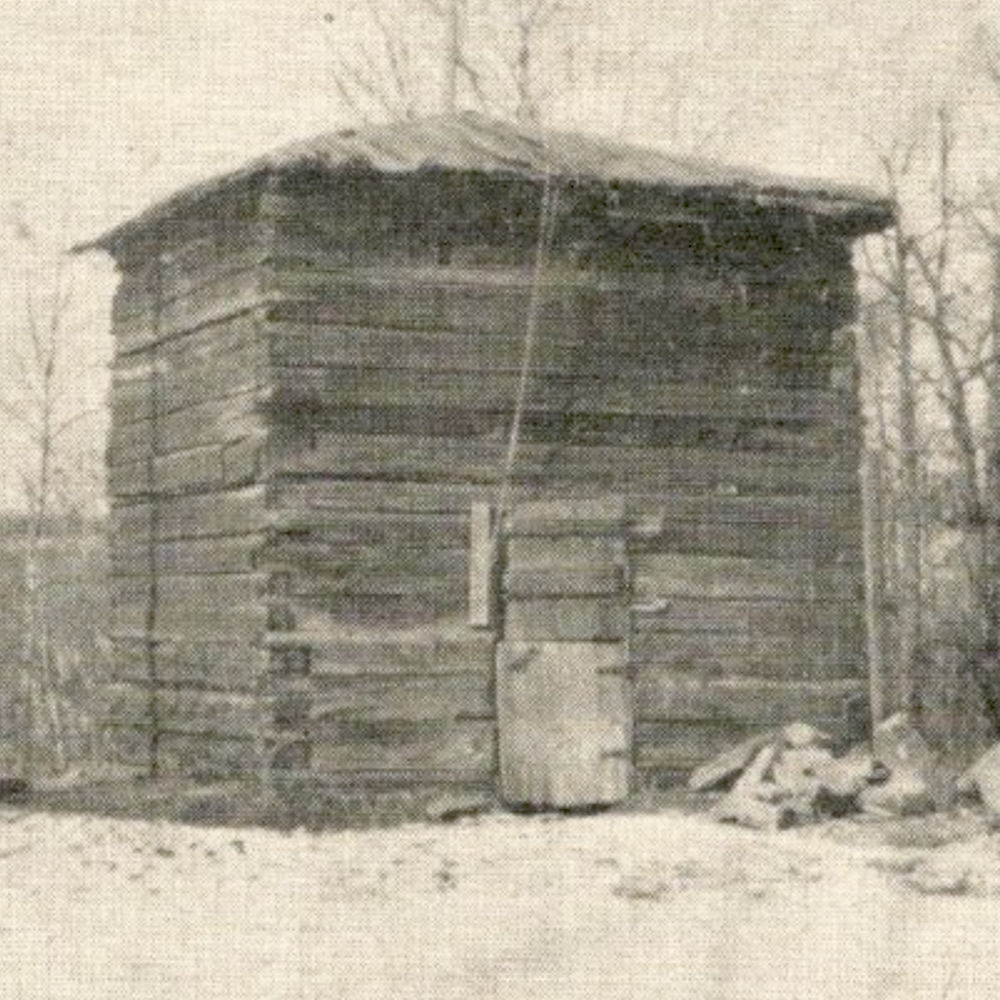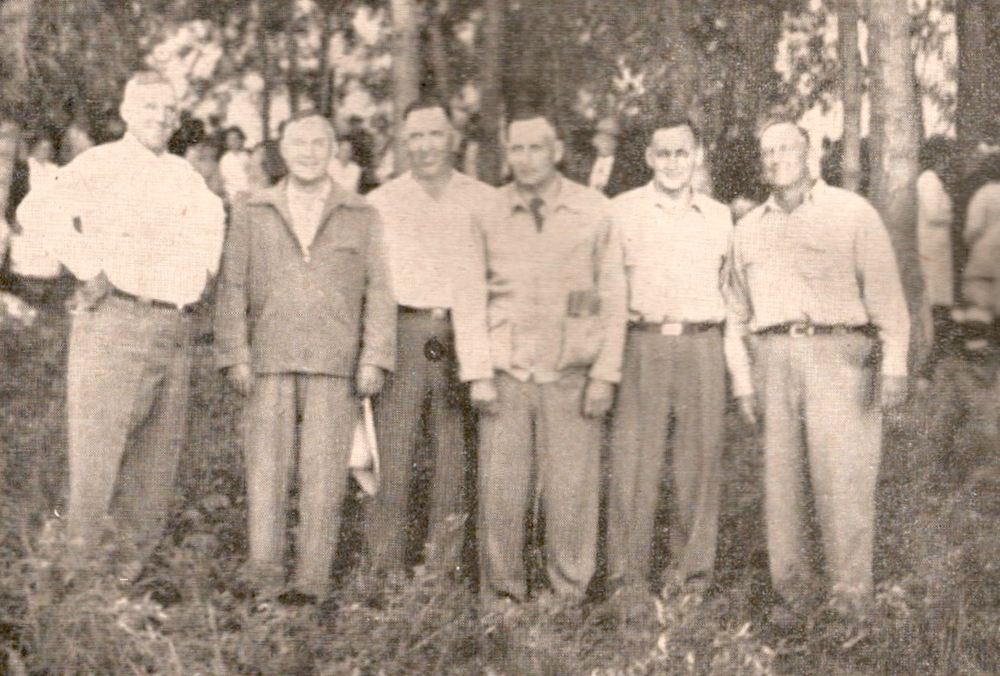By Kenneth Coppock
The United States government in its fight against inflation has initiated a policy designed to roll back prices of live cattle to approximately pre-Korean levels. In view of the fact that the U.S. market for live cattle is the main price-determining factor for surplus cattle production in Canada the new policy is of extreme interest to Canadian cattle producers.
Details of the roll back plan are not generally known to American cattlemen — some say they are not too well known or understood by American planners themselves. The following, however, are the basic details and if one does not discount the determination of American enforcement officers to make the plan work, one must come to the conclusion that cattle prices in the U.S. and therefore in Canada will undergo downward revision in the next six months. What occurs after that period can only be conjecture as all prices will be subject to world conditions.
Read Also

Inflation pressure prompts proposed Beef Farmers of Ontario check-off increase
Glacier FarmMedia – Beef Farmers of Ontario (BFO) members will vote on a $1.50 check-off increase in February at the…
The first roll back became effective May 20th and required slaughterers to pay about 9 per cent under prices then current. But because markets had already declined in anticipation of the program, it is reported by some that the roll back has been changed to 9 per cent under the average price paid by the slaughterer in January of this year. The second roll back will be 4-1/2 per cent on August 1st and the third will be 4-1/2 on October 1st — a total roll back of 18 per cent designed to lower the price of beef to the consumer more than 10 cents per pound.
On May 7th packers not already using it were obliged to start using Federal Grading and to keep an account of to whom they sell their meat.
On May 9th wholesale price ceiling based on $54.20 per cwt. for choice beef at Omaha or Denver became effective. Zone differentials will determine prices in other areas. Various wholesale cuts are given ceiling prices.
On May 14th retail ceiling on 50 cuts in each of four grades became effective for the 18 zones.
After May 20th packers are told how much they can pay for cattle and their monthly accounting period started at that time. They must stay within the wholesale prices set for them during the month or their slaughter quota will be reduced. On June 3rd meat retailers must post their official price for each cut of beef sold. New price schedules will be posted on August 1st and again on October 1st.
It is too early at this writing to appraise the effectiveness of the new plan. Cattlemen and especially cattle feeders, as soon as some details were known, rushed their stock to market. Much, not the major part of their offerings, were half finished and as a consequence a large potential volume of beef was quickly lost to the American consumer. Feeders will not re-enter the market except for very light weight stock and then only at considerably reduced prices. In theory the plan would thus seem workable but in practice it is believed already doomed to failure. Producers have been withholding their offerings from the market — receipts at the major markets on May 20th were off over 50 per cent from the previous week and likelihood is that markings will be delayed until the black marketers, who received their education during the last war, again become organized and commence their nefarious trade.
The best weapon to use in combating inflation is increased production of the article which related to consumers purchasing power is in short supply. The American cattle population has shown encouraging signs of increasing — it is up over 3 million head from its post-war low figure and facts suggest that increased breeding and feeding programs were under way. The presumption of an ever increasing purchasing power in the hands of the consumers brought about by mountainous government expenditures and high wages has, however, overwhelmed any benefits resulting from increased production and in our judgement, regardless of any roll back plan, will continue to do so until the conditions causing that pressure are themselves brought under control. We predict eventual failure in the roll back effort — the black marketer will be the winner, the American consumer the loser, the legitimate packer will be injured and valuable industry by-products will be lost. A real shortage of beef in the future is more than a possibility.
Meantime in Canada, domestic demand for beef is so insistent that prices have been well maintained and because of lower U.S. prices has greatly reduced the export of cattle and beef to the U.S. When fall marketings commence, however, we will have an export surplus and with lower prices in the U.S. in the offing our expectations must be for lower Canadian prices during the next six months.















